
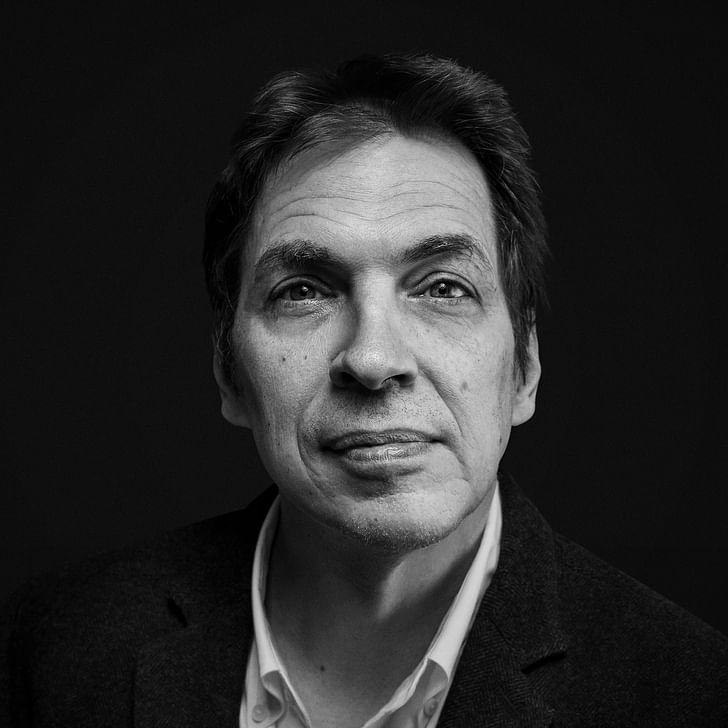
In September, the School of Architecture at McGill University received a landmark $12-million gift and a new name from Canadian-Chinese architect and alumnus Peter Fu. Now the Peter Guo-hua Fu School of Architecture, the department looks forward to continuing the university’s legacy of world-class research while strengthening its global position, increasingly appealing to students worldwide.
Archinect spoke with Martin Bressani, the school’s director, in his office on the second floor of the Macdonald-Harrington Building, home to both the school of architecture and of urban planning in the heart of McGill’s downtown campus in Montreal, Quebec. Although officially French, Montreal is one of Canada’s most bilingual cities, and its multicultural, multilingual flavors have made it among the world’s best places to live, and decisively, according to QS Top Universities, one of the best student cities.
Himself a Montreal-native and alumnus of McGill, Bressani fostered his architectural and academic career studying and teaching in Canada, the United States and Europe. He holds a Ph.D. in Art History from the Université Paris-Sorbonne (Paris IV), a Masters in the History and Theory of Architecture from the Massachusetts Institute of Technology, and professional architectural degrees from McGill. Bressani became director of the school in 2015 after joining McGill in 2001 and following his 14 years of teaching at Carleton University in Ottawa. He has published in many topical forums on architectural issues, including in Assemblage, Any Magazine, Log, Architectural Digest, and is currently on the board of the journal Thresholds. In 2014 he published an intellectual biography of French architect and theoretician Viollet-le-Duc, entitled “Architecture and the Historical Imagination: Eugène-Emmanuel Viollet-le-Duc, 1814–1879.”
Bressani’s ongoing research seeks to understand the way architectural thought and practice relates to historical change. Now two-thirds of the way through his term as director, he spoke with Archinect about this exciting moment in the school’s history.
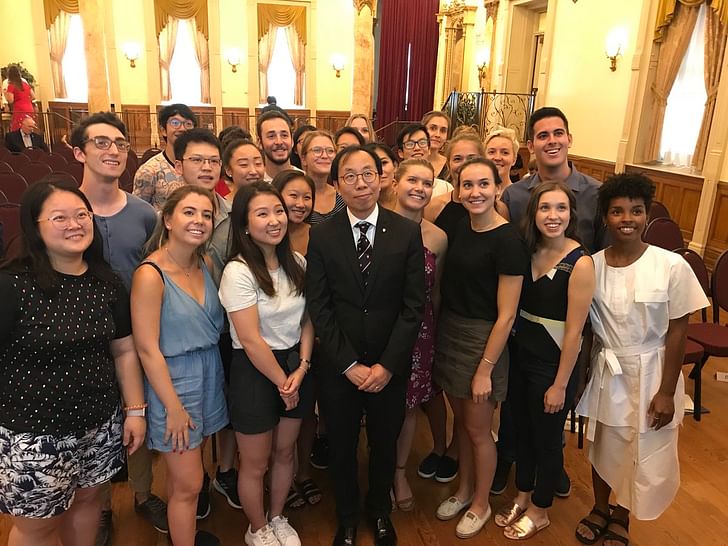
What does this landmark gift mean for the school moving forward?
There are two really important areas where this gift will play a significant role. First, it helps us to globalize. Among many things, the gift will help us set up a series of fellowships that give students the opportunity to come to Canada to study at McGill, much like Peter Fu himself has done. This initiative is really in the spirit of collaboration, to promote exchange between our two countries, and to help the school build a bridge with China, which is very interesting design-wise but also as a huge market for us.
The gift will also allow us to make the school better connected. I want to set up visiting professorships to bring people here to make things happen. This is already occurring through our Ph.D. program, our visiting critics and our lecture series, but I want to be able to do that in studios as well. We have a strong core of professors, but this would help us connect with the world more and bring change every year into the school.
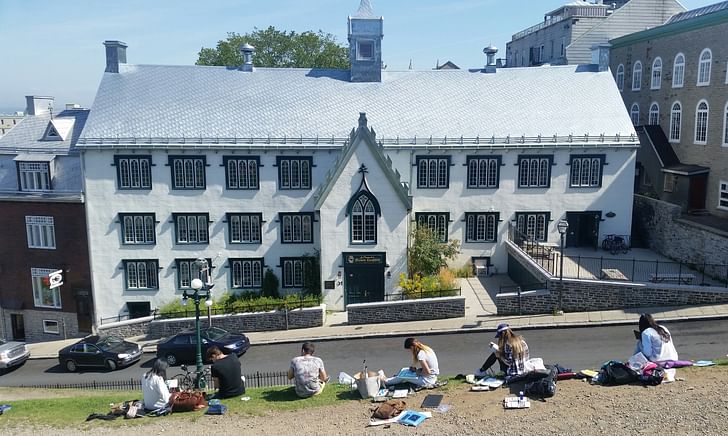
Briefly describe the school’s pedagogical stance on architecture education. How would you characterize the program?
There is a sense we are training people to create beautiful objects
McGill’s is a small school — it has a small student body and a small number of faculty members. It has a very domestic character, like a “boutique” design school. Lately, architecture as a discipline has become very interested in responsibilities that are beyond the reach of the architect. I see our school’s position toward the discipline centering on the design of buildings and urban spaces. There is a sense we are training people to create beautiful objects, but by beautiful I mean buildings that are sensitive to their specific situation or context in a way that is subtle, delicate. We encourage our faculty to be artistically engaged with the discipline and invested in the architectural object itself. They are well positioned to help our students develop their own design skills and design sensibility.
In addition to this, the school has a very developed post-professional program, with close to 40 Ph.D. students. This research wing characterizes the school certainly in the Canadian landscape but even in the American landscape. When I first came to McGill, I started teaching in the History and Theory stream, and am very invested in it as a form of research. The interaction between the autonomy of architecture, or architecture as an artistic practice, and architecture as a research question or investigation, is an interaction I’d like to continue to engineer within the school in a productive way. It’s important that the two halves of our school communicate with and profit from each other.

What kind of student do you think would flourish at McGill’s program, and why?
Our ideal students are those interested in developing both their architectural talent as well as a sense of architectural judgement. Not only do they have the capacity to design well, to develop their artistic abilities in architecture, but they are committed to understanding and articulating their work in terms of a specific context. I like the distinction between talent and judgement — as an architect you need to be talented but you also require judgement to know what is appropriate in a given situation. We encourage our students to be articulate about their work, to conceptualize what they are doing, and to foster a certain worldliness — an awareness of the world around them and their presence in it.
How would you describe the relationship between architecture and the rest of McGill?
We are part of the Faculty of Engineering. Although the type of teaching that goes on in engineering is often very different from what we do in architecture, our relationship proves to be very profitable. Engineering is a powerful faculty which situates us well within the university, and affords us access to many resources. More importantly, it facilitates interdisciplinary work between engineers and architects that has become increasingly important with the rise of sustainability and the role that building performance plays in it.
Otherwise, we have an incredible history of collaboration within the McGill community. We have two faculty members who are cross-appointed, one in the School of Planning and the other in the department of Social Studies of Medicine, and have many examples of co-teaching with faculty in other disciplines such as sociology and art history. The school is also involved in the Yan P. Lin Centre, an interdisciplinary initiative between the faculties of art, engineering and law, where we play a critical role coordinating research on democracy, space, and technology, and the central role of the built environment.

What can architecture students learn by living in a city like Montreal?
Montreal has been named the Best Student City in the world, and we are proud of that. The greater Montreal region has the highest number of university students per capita among all metropolitan areas in North America. Its two major influences — English Montreal and French Montreal — color the lives of people who live here. Already that division is interesting because it brings a rich cultural sense; you become aware of cultural differences.
One of the most important lessons is just the way of life in Montreal
Montreal has an amazing multicultural dimension that has left deep marks in the city that goes beyond the obvious divisions between French and English. For architectural students, it serves as a kind of living lab, something they can study in and of itself. Montreal has a very distinctive old core, which is not very usual in North American cities. You can easily move between the Old City, the modern city, and into a neighborhood base. It is very pedestrian-friendly, despite the climate and the cold; in the middle of winter people are in the streets.
One of the most important lessons is just the way of life in Montreal. It’s a very lively, pedestrian-based social space that is quite wonderful for students and for architects who are interested in urban spaces and the life of buildings. It’s not a monumental city like Washington and doesn’t have the drama of New York, but then it has all of these things somehow.
How do you teach students a code of ethics in architecture?
Architects work for the common good. There’s a sense we are providing a professional service but it comes with an idea that we serve the public. There is a “publicness” to what we do even in the design of a private space, like a house, for a particular client. In the school of architecture, we try to instill this sense of working for the public in teaching our design studios. I think an architect should be able to refuse to do certain things their client demands because they also have a responsibility to the public.
Sociability and legibility are also part of this ethical question. Architecture can suggest a form of sociability. It can be through very small gestures like allowing the building to address the public in a certain way, to present its facade in a way that goes beyond the spectacle and gives generously back to the public. The communicability of architecture has an ethical dimension to it. You have the responsibility as an architect to shape the built environment in a way that becomes publicly legible. This goes back to what I mentioned before about teaching students to make the right architectural judgments and to create spaces that are appropriate to their context.
What are the biggest challenges, academically and professionally, facing your students?
Architecture students have to work within a field that is inherently multidisciplinary. They go from civil-engineering courses to history theory courses to sociology courses to design studio. They must make sense of what they learn, assimilate it into their design projects, and present their work in a fluid way that addresses all of these concerns at once. Not many fields have that kind of plurality within them — it’s a challenge, I think, but it’s also exciting.
Not many fields have that kind of plurality within them
Professionally, architecture is entangled in many concerns. A building is a complex object — a legal object, a health device — it’s implicated by building-code restrictions and bound with budgets. This is a very commonplace answer, but the architect’s role is complicated by new management styles of construction. The idea that he or she is the prime consultant who hires the rest of the team is no longer the common way to operate. We now have construction managers. The collaborative aspect of building-construction has increased, making it sometimes difficult for architects to concentrate on what they think is important. The development of new technologies also makes the architect much more powerful and able to do things he or she never dreamed of doing in the past; but they must also meet the pressure to constantly adapt to these new technologies.
The world has globalized since I was a student when people stayed more or less where they were studying. We have many international students and many leave Montreal when they complete their degrees. This is clearly an advantage, but it also means less investment in the region. Mobility can make us feel less rooted in a place which means our long-term investment in that place is less probable.
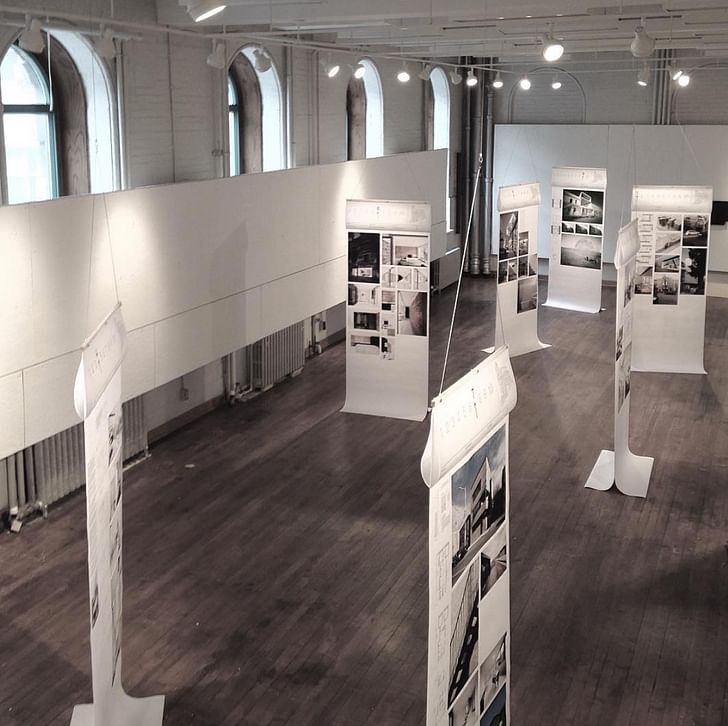
Do you have a method or process for integrating what you see in professional practice into academia?
On the one hand, I don’t think a school of architecture should try to artificially replicate the world of practice. But on the other, it cannot be impervious to current trends or challenges in the profession. The responsibility lies with our professors, the school at large, and our curriculum to maintain some measure of contact between the two. I think it’s important for the school to help students develop an attitude toward architecture — a sense of what architecture is about and what their role as an architect is. Obviously practicing architecture over many years will mature that understanding, but as young architects facing challenges in their careers, we try to give them the equipment to think through these bigger questions. Again, it is a question of refining their architectural judgement.
We often hear that there is a profession of architecture and a discipline of architecture, and they are not exactly the same thing. The discipline of architecture includes the profession but under a much larger umbrella where architecture is a form of knowledge, an experimentation. The university is a space where the discipline can expand and we can think beyond the profession.
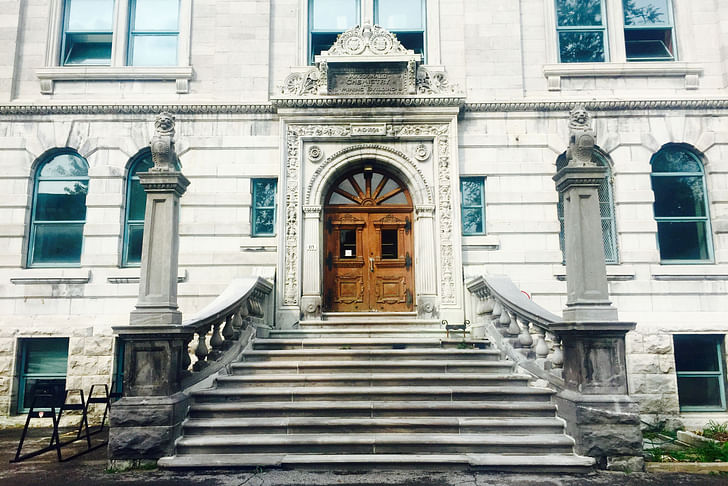
How important is it for the leader of an architecture school to have practiced architecture at some point in their career?
I don’t think it is necessarily essential. Maybe I’m a good example because I have not practiced in a long time — I’m mostly a historian now. But I have practiced in my early career and I consider that time very important for my understanding of the field and profession of architecture. I think it is important for the head of school to understand the nature of the profession, to be involved in design questions and debates, and to participate in the discourse of architecture. As a historian I am not only interested in the past, but in how to use history to think through the discipline of architecture. The historian’s reflectivity has helped me considerably in this job.
By the end of your tenure at McGill, what do you hope to have accomplished?
A good school is made by great students and great professors. It’s hard to measure these things, but I want to ensure that the quality of our students is always on the rise: To be able to graduate students who have the worldliness I mentioned before, and who have the capacity to articulate their ideas clearly.
We’re going through a lot of hires right now. For me, being head of school when these new professors come in, and hopefully establish themselves in the school for a long time, is my strongest legacy. Being a professor means you create your own job, in a way. I want to bring together people with a lot of passion, know-how, and collaborative skills, who are eager to establish something new in the school. It’s important for them to bring their own networks but also to join our network of people. That’s really the dream — to create a team of ambitious, talented people who can work together and share a mutual vision for the school.
No Comments
Block this user
Are you sure you want to block this user and hide all related comments throughout the site?
Archinect
This is your first comment on Archinect. Your comment will be visible once approved.